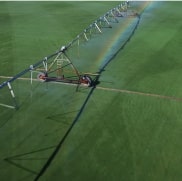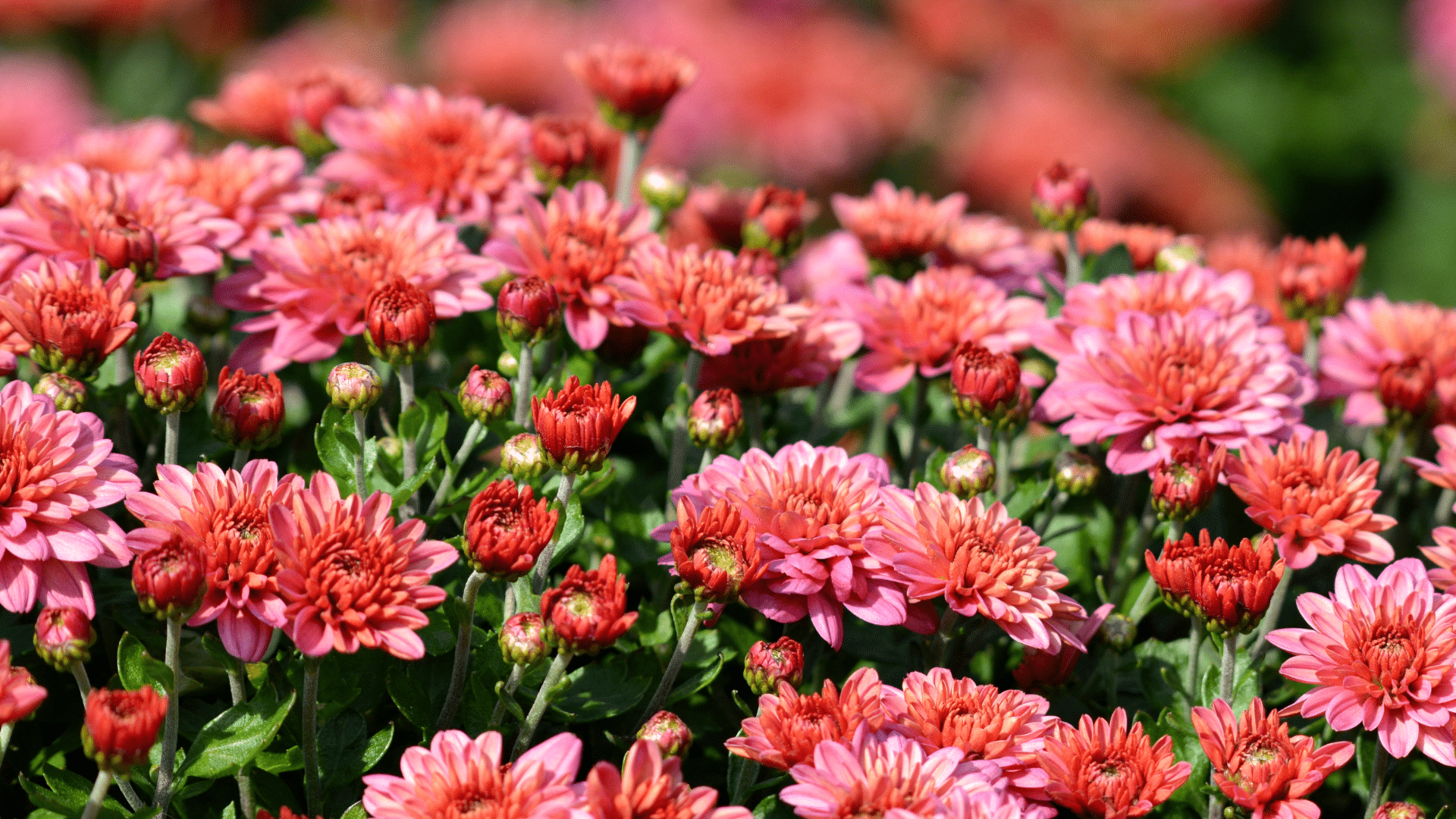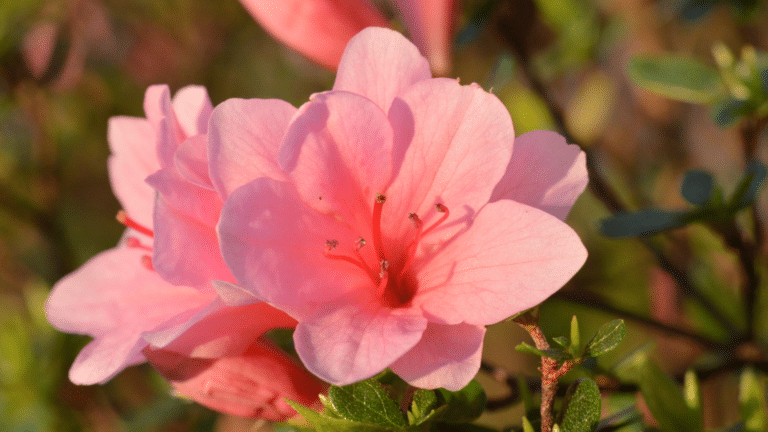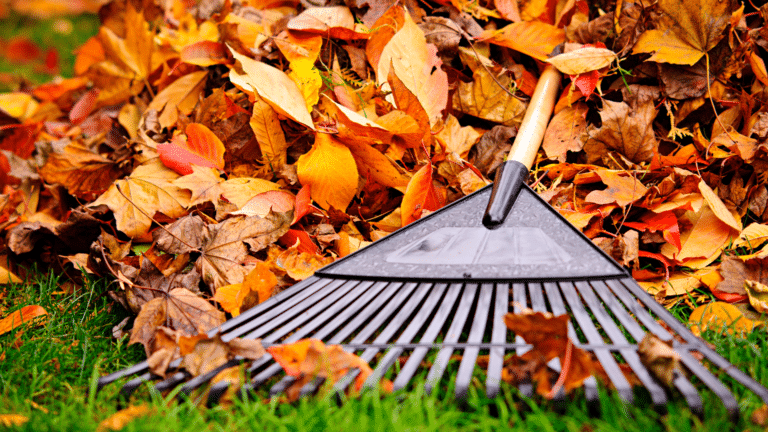Garden mums (Chrysanthemums) are readily available in a wide range of colors for adding late season color to your garden bed, front porch or containers. With some basic information, you can have a spectacular garden mum to embrace the fall season.
The most commonly asked question regarding mums is if they are annuals or perennials. The answer is both. There are several species of chrysanthemums, with some varieties being hardier than others. The mums we receive from our growers are perennial, garden-hardy mums selected for our growing zone here in Northeast Illinois. Because our chrysanthemums are locally grown, they are healthy, strong, and acclimated to our climate, but there is no guarantee that the mums you purchase will come back next year when they are planted in the fall. It all depends on how well they are cared for and when and where they are planted. If you are not interested in planting your mum, no worries! Enjoy that huge burst of color for the season and then add them to your mulch pile.
THE BASICS
In late summer when other plants call it quits, mums hit their stride. They rely on specific amounts of light to send a signal that it’s time to start putting on a show. Garden mums are short-day plants and typically begin to set their buds when the days become shorter and nights last about 10 hours. Blooms follow in six to ten weeks.
Different mum varieties will come into flower at different times in fall, based primarily on their responses to day length. Early season varieties can be expected to come into flower in early to mid-September, mid-season varieties from middle to late September, late season varieties from late September to early October.
The best stage to purchase a garden mum is when the buds are just beginning to break open, called cracking. Mums with fully open flowers are fine to purchase but will not last as long. Depending on weather conditions and mum varieties, you can expect to get a good display of color for four to six weeks once buds begin to crack open. Extended periods of hot weather will age the flowers more quickly. If you plan to place mums in a shaded garden site, then it will be best to purchase mums with flowers that are more open, as mums that are in tight bud may not open properly when in the shade.
Most gardeners plant mums too late in the fall for the plants to survive overwinter. Some of the mums may come back the next year if they are mulched for the winter. The shallow-rooted mums that are planted late in fall while in full bud or flower just do not have enough time to establish before winter sets in.
CARING FOR POTTED CHRYSANTHEMUMS
Mums are generally considered low maintenance plants. With just a little special care, your mums will be filled with a multitude of beautiful blooms. Re-potting your mum into a decorative, slightly larger pot with some fresh potting soil can increase its longevity by expanding room for the plant’s roots. Give the pot a good watering until it flows out of the bottom and remember, mums like full sun!
WATER, BUT NOT TOO MUCH
How often and how much water you give a mum can be the deciding factor in your mum surviving. When their leaves are drooping, which can happen quickly, it’s an indicator of a watering issue. This is the leading cause of premature mum failure. If the weather has been hot for a period of time, test the soil by sticking your finger into the soil about one inch to see if it feels dry. If it is dry, water your mum. The hotter and drier the weather, the more you will need to water.
On the other hand, you can also overwater your mum. If the leaves of your mum are drooping and the soil is wet when sticking your finger in the soil, then you are over watering it. During periods of rainy or cool weather, you will want to cut back to every other day when watering your mum, especially if the soil feels wet.
PLANTING FALL CHRYSANTHEMUMS
For chrysanthemums to be truly hardy, they need time to become established in the ground. Ideally, they are best planted in the spring and allowed to grow in place all season. When planting mums in the fall, it is best to plant them before they start flowering in late August or early September. Planting them before or during bud stage ensures that their energy is not completely going to their flowers yet. When planting your mums, also consider planting them in a somewhat protected location where they will not be exposed to winter winds that can decrease their chances of surviving the winter.
TUCK THEM IN FOR WINTER
As one of their nicknames “hardy mums” suggests, they can handle cool temperatures. The key to winter survival is a consistent soil temperature. Frequent freezing and thawing cycles damage the roots and confuse the plant. Adding a thick layer of mulch can help maintain an even soil temperature throughout winter by providing extra plant protection. First, leave the foliage on the plants until spring. Do not prune them back after frost has turned them brown. Research reveals that allowing it to die back naturally over the winter produces a stronger plant. Simply clean up the dead stems and foliage in the spring. Spread about 4 inches of mulch under your chrysanthemums as soon as the surface of your soil begins to harden, and the thermostat begins to dip into the 20s. Using loose mulch, like straw, can reduce compaction and increase the insulation of the ground.










